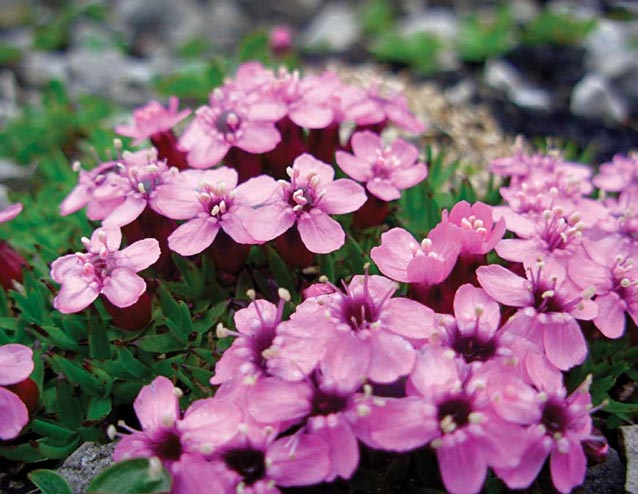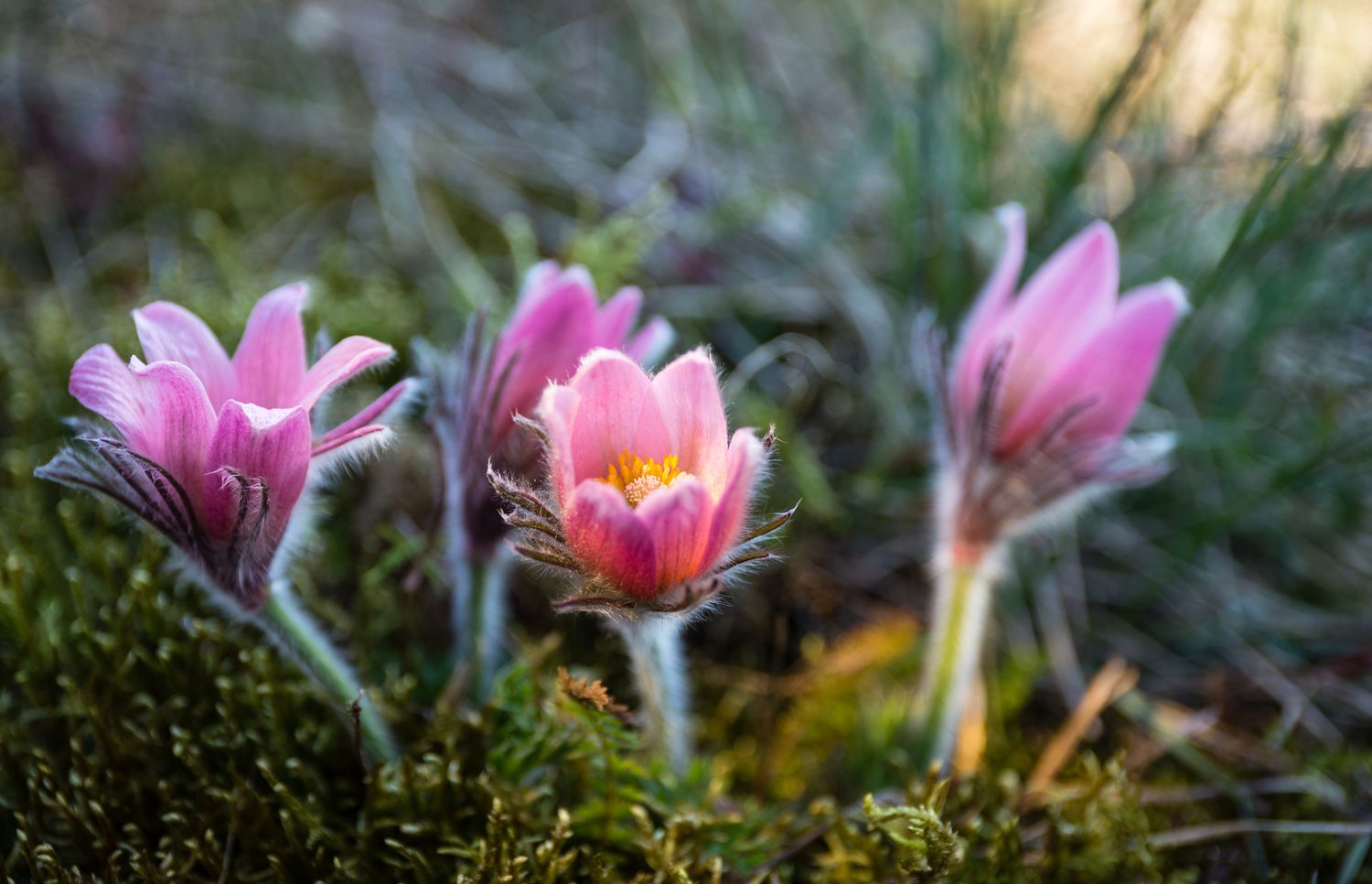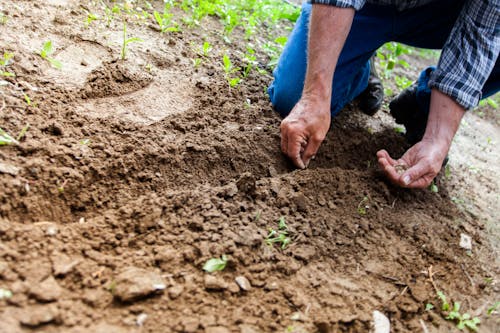Exploring the Diversity of Tundra Plants: A Comprehensive Guide
The tundra biome is known for its harsh environmental conditions, characterized by freezing temperatures, low precipitation, and permafrost. Despite these challenges, tundra plants have adapted remarkable strategies to thrive in this extreme environment. In this guide, we’ll delve into the diverse world of tundra plants, exploring their adaptations, ecological roles, and importance in the fragile tundra ecosystem.
Introduction

Tundra plants play a vital role in the ecological balance of the Arctic and Alpine regions, where they form the primary vegetation cover. From low-lying mosses to hardy shrubs, these plants have evolved unique features to withstand the cold, windy, and nutrient-poor conditions of the tundra.
Understanding Tundra Biomes
Tundra biomes are characterized by short growing seasons, permafrost, and limited vegetation. They occur in regions with sub-zero temperatures for most of the year, such as the Arctic tundra near the North Pole and the Alpine tundra found at high elevations in mountain ranges worldwide.
Characteristics of Tundra Plants
Tundra plants exhibit several adaptations that allow them to thrive in harsh conditions:
- Low Growth Form: Many tundra plants grow close to the ground to minimize exposure to harsh winds and conserve heat.
- Shallow Roots: Due to the presence of permafrost, tundra plants have shallow root systems that spread horizontally rather than vertically.
- Cold Resistance: Tundra plants have specialized tissues that can withstand freezing temperatures and ice formation.
- Short Growing Season: These plants have a brief window of opportunity to complete their life cycle and reproduce during the short summer months.
Types of Tundra Plants
Mosses and Lichens
Mosses and lichens are among the first colonizers of barren tundra landscapes. They form dense mats on the ground, providing insulation and preventing soil erosion. Examples include reindeer moss, Arctic moss, and various lichen species.
Dwarf Shrubs
Dwarf shrubs are prevalent in tundra regions, forming low-lying vegetation that carpets the landscape. Species like Arctic willow, Labrador tea, and crowberry are adapted to the cold climate and nutrient-poor soils.
Grasses and Sedges
Grasses and sedges are found in wetter areas of the tundra, where they play essential roles in stabilizing soil and providing forage for herbivores. Common species include Arctic cotton grass, tussock grass, and Carex sedges.
Forbs and Wildflowers
Forbs and wildflowers add color to the tundra landscape during the brief summer months. These flowering plants attract pollinators and contribute to the overall biodiversity of the ecosystem. Examples include Arctic poppy, purple saxifrage, and mountain avens.
Ecological Importance of Tundra Plants

Tundra plants play critical roles in the Arctic and Alpine ecosystems.
- Soil Stabilization: The dense vegetation cover helps prevent soil erosion and promotes nutrient cycling in tundra soils.
- Wildlife Habitat: Tundra plants provide food and shelter for a variety of animals, including insects, birds, mammals, and grazing herbivores like caribou and muskoxen.
- Climate Regulation: Tundra vegetation plays a role in regulating the global climate by sequestering carbon dioxide from the atmosphere and reflecting sunlight with its light-colored surfaces.
Conservation Challenges
Tundra ecosystems face numerous threats, including climate change, habitat degradation, and human activities such as mining, oil exploration, and infrastructure development. Conservation efforts are essential to protecting the unique biodiversity of these fragile landscapes.
Conclusion
Tundra plants are marvels of adaptation, thriving in one of the harshest environments on Earth. From resilient mosses to delicate wildflowers, these plants play essential roles in maintaining the ecological balance of the tundra biome. By understanding their unique adaptations and ecological significance, we can better appreciate the beauty and importance of tundra plants in the natural world.
FAQs
- Are Tundra Plants Endangered? While tundra plants are not classified as endangered, they face threats from climate change and habitat destruction, which could impact their long-term survival.
- Do tundra plants have medicinal properties? Some tundra plants, such as Labrador tea and Arctic cotton grass, have traditional medicinal uses among indigenous peoples for treating various ailments.
- Can tundra plants survive outside of the tundra biome? Tundra plants are adapted to cold, Arctic climates and may struggle to survive in warmer environments with different soil and moisture conditions.
- How do tundra plants survive in the winter? Tundra plants undergo dormancy during the long winter months, conserving energy and relying on specialized adaptations to survive freezing temperatures and snow cover.
- Do tundra plants flower? Yes, many tundra plants flower during the short summer season, producing vibrant blooms that attract pollinators and support local ecosystems.
- What Can I Do to Help Protect Tundra Plants? Supporting conservation initiatives, reducing carbon emissions, and advocating for sustainable land management practices can help protect tundra plants and their fragile habitats.



